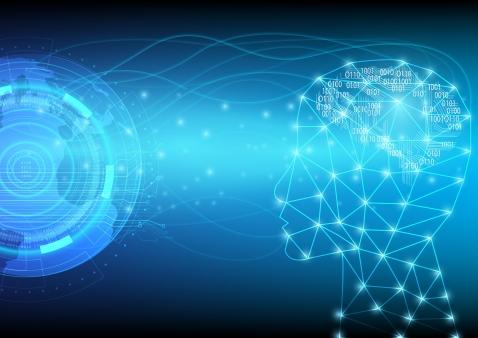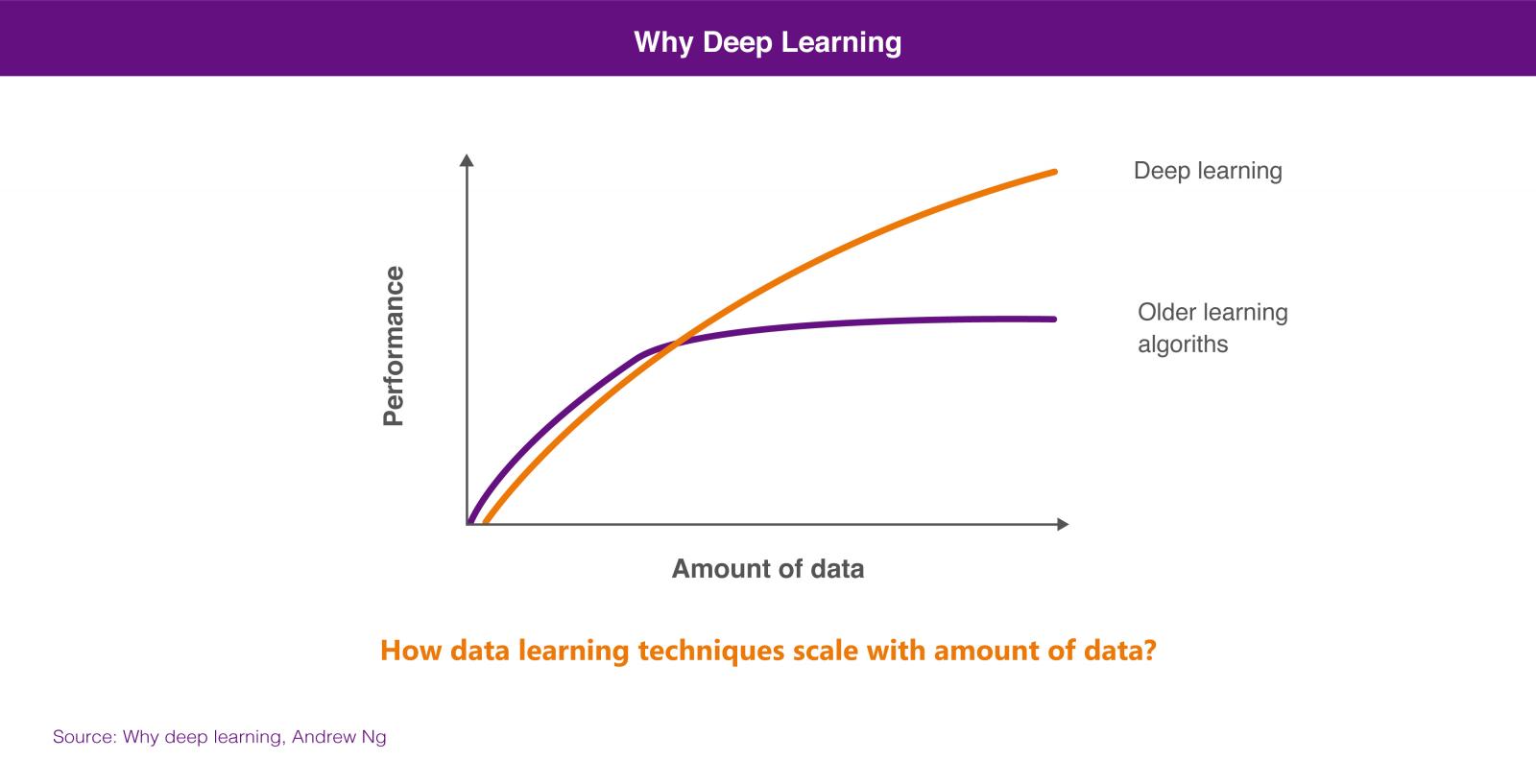
Data science is an interdisciplinary field that seeks to extract actuable knowledge from datasets, structured in databases or unstructured as texts, audios or videos. Thanks to the application of new techniques, data science is allowing for answering questions that are not easy to solve through other methods. The ultimate goal is to design improvement or correction actions based on the new knowledge.
The key concept in data science is SCIENCE, and not really data, considering that experts has even begun to speak about a fourth paradigm of science, including data-based approach together with the traditional theoretical, empirical and computational approachs.
Data science combines methods and technologies that come from mathematics, statistics and computer science. It include exploratory analysis, machine learning, deep learning, natural-language processing, data visualization and experimental design, among others.
Within Data Science, the two most talked-about technologies are Machine Learning and Deep Learning, both included in the field of artificial intelligence. In both cases, the objective is the construction of systems capable of learning to solve problems without the intervention of a human being, including from orthographic or automatic translation systems to autonomous cars or artificial vision systems applied to use cases as spectacular as the Amazon Go stores.
In both cases, the systems learn to solve problems from the datasets “we teach them” in order to train them to solve the problem, either in a supervised way - training datasets are previously labeled by humans-, or in a unsupervised way - these data sets are not labeled-.

Actually, the correct point of view is to consider deep learning as a part of machine learning so, if we have to look for an attribute to differentiate both of them, we could consider their method of learning, which is completely different. Machine learning is based on algorithms (Bayesian networks, support vector machines, clusters analysis, etc.) that are able to discover patterns from the observations included in a dataset. In the case of deep learning, the approach is inspired, basically, in the functioning of human brain´s neurons and their connections; and there are also numerous approaches for different problems, such as convolutional neural networks for image recognition or recurrent neural networks for natural language processing.
The suitability of one approach or another will rely on the amount of data we have available to train our artificial intelligence system. In general, we can affirm that, if we have a small amounts of training data, the neural network-based approach does not offer superior performance than the algorithm-based approach. The algorithm-based approach usually come to a standstill due to huge amount of data, not being able to offer greater precision although we teach more training cases. However, through deep learning we can have a better performance from this greater amount of data, because the system is usually able to solve the problem with greater precision, the more cases of training are available.

None of these technologies is new at all, considering that they have decades of theoretical development. However, in recent years new advances have greatly reduced their barriers: the opening of programming tools that allow high-level work with very complex concepts, open source software packages to run data management infrastructures, cloud tools that allow access to almost unlimited computing power and without the need to manage the infrastructure, and even free training given by some of the best specialists in the world.
All this issues are contributing to capture data on an unprecedented scale, and store and process data at acceptable costs that allow us to solve old problems with new approaches. Artificial intelligence is also available to many more people, whose collaboration in an increasingly connected world is giving rise to innovation, advancing increasingly faster in all areas: transport, medicine, services, manufacturing, etc.
For some reason, data scientist has been called the sexiest job of the 21st century.
Content prepared by Jose Luis Marín, Head of Corporate Technology Startegy en MADISON MK and Euroalert CEO.
Contents and points of view expressed in this publication are the exclusive responsibility of its author.
The field of Artificial Intelligence (AI System) and Machine Learning Algorithm covers Computer Science, Natural Language Processing, Python Code, Mathematics, Psychology, Neuroscience, Data Science, Machine Learning and many other subjects. AI is a good place to start an introductory course as it will give you an overview of the components to speed up AI research and development to date. You can get hands-on experience with AI programming of intelligent agents such as search agents, games and logic problems. Learn about examples of AI in use such as self-driving cars, facial recognition systems, military drones and natural language processors.
To the gob.es admin, Your posts are always a great source of knowledge.
Hello gob.es administrator, Your posts are always a great source of knowledge.
Wow, wonderful blog layout! How long have you been blogging for?
you make blogging look easy. The overall look of your web site is wonderful, as well as
the content!
Fantastic blog extremely good well enjoyed with the incredible informative content which surely activates the learners to gain enough knowledge. This, in turn, makes the readers explore themselves and involve deeply in the subject. Wish you to dispatch similar content successively in the future as well.
"No me he enteraó de ná"
Muchas gracias Antonio por tu comentario. Estamos trabajando en nuevos contenidos sobre esta temática que esperemos resuelvan tus dudas.
De momento, te podemos recomendar estos artículos: http://bit.ly/2qDAogF y http://bit.ly/2qGhbd8. Y si quieres profundizar en el tema, puedes leer este interesante informe de la Royal Sociaty: http://bit.ly/2qHxdUj
Un cordial saludo,
Datos.gob.es